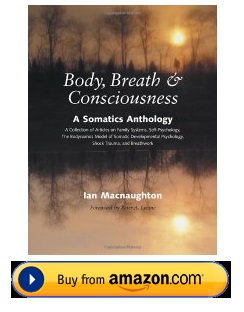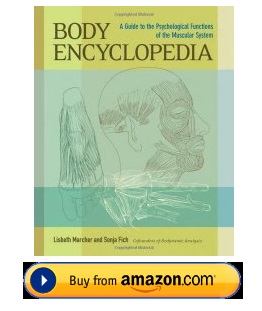Bodynamic Psychology is composed of three unique areas:
- Mutual Connection established through compassionate affirmation and feeling/body sense awareness
- Character Structures – resulting from splits in developmental phases
- Ego Functions – Specific body-ego abilities that may be in a state of resignation or held rigidly that need to be reworked. Examples of ego functions are: grounding, centering & support.
Articles:
Bodynamic Overview – Origins & Principles
The Seven Developmental Stages – an overview including a chart and videos of developmental stages of character structures based on years of psychomotor research by the Bodynamic Institute
Ego Functions – Chart of Somatic Ego functions based on years of psychomotor research by the Bodynamic Institute
Overview of Psychological Muscle Functions – Illustrated diagrams (front and back views) of basic psychological functions associated with each general muscle group based on years of psychomotor research by the Bodynamic Institute
Articles written by Jonathan Zerbin, on GestaltReality.com:
To learn more about Bodynamic Theory please visit:
Links:
- European Association for Body Psychotherapy – The E.A.B.P. has recently assembled literature references to research supporting the Scientific Validation of Body Psychotherapy on their website.
- United States Association for Body Psychotherapy – The USABP site contains membership information and information for the general public about body psychotherapy.
- The International Journal Of Body-Psychotherpay (IJBP) – A joint venture between the EABP and the USABP.
- Association for Pre- & Perinatal Psychology and Health – (APPPAH) Geyserville, CA



